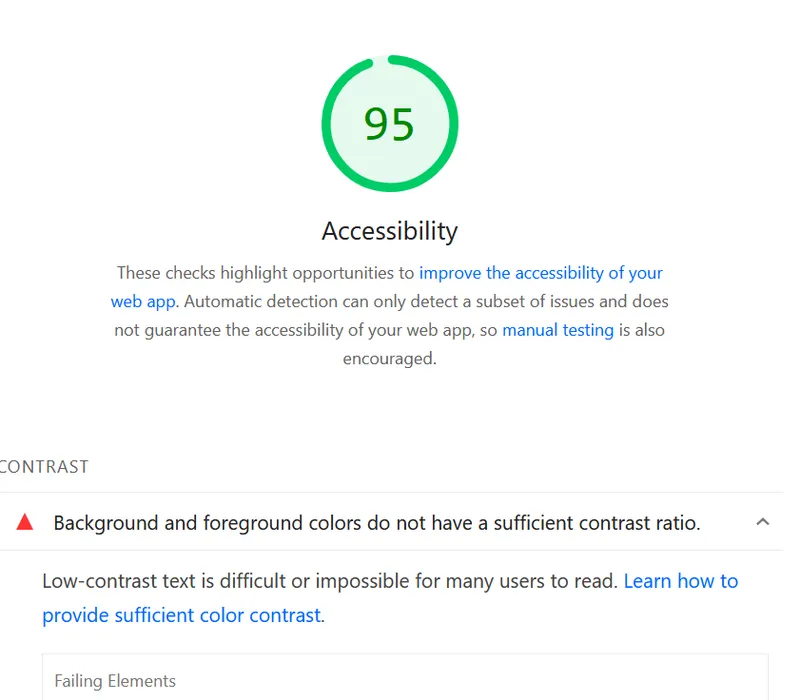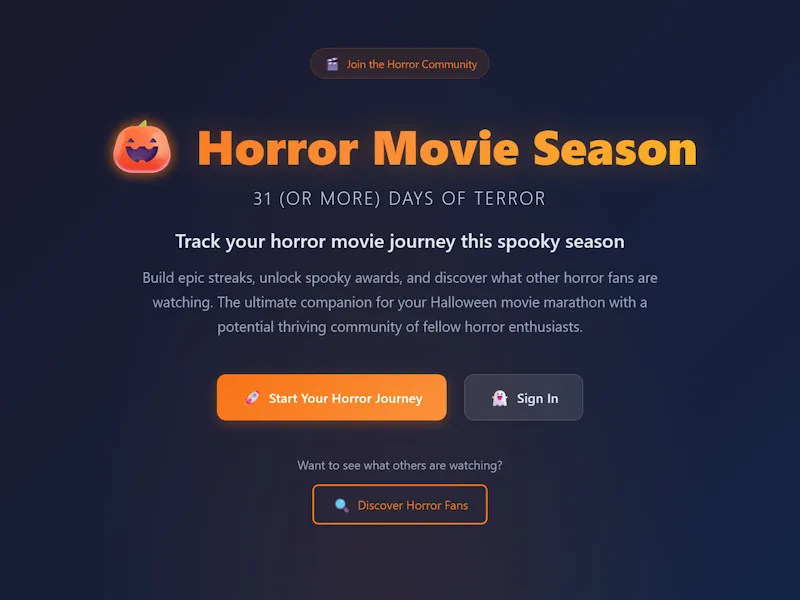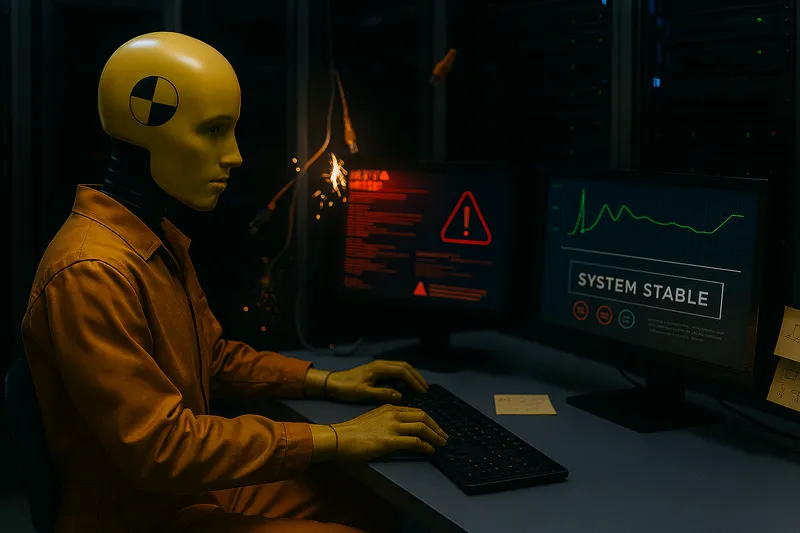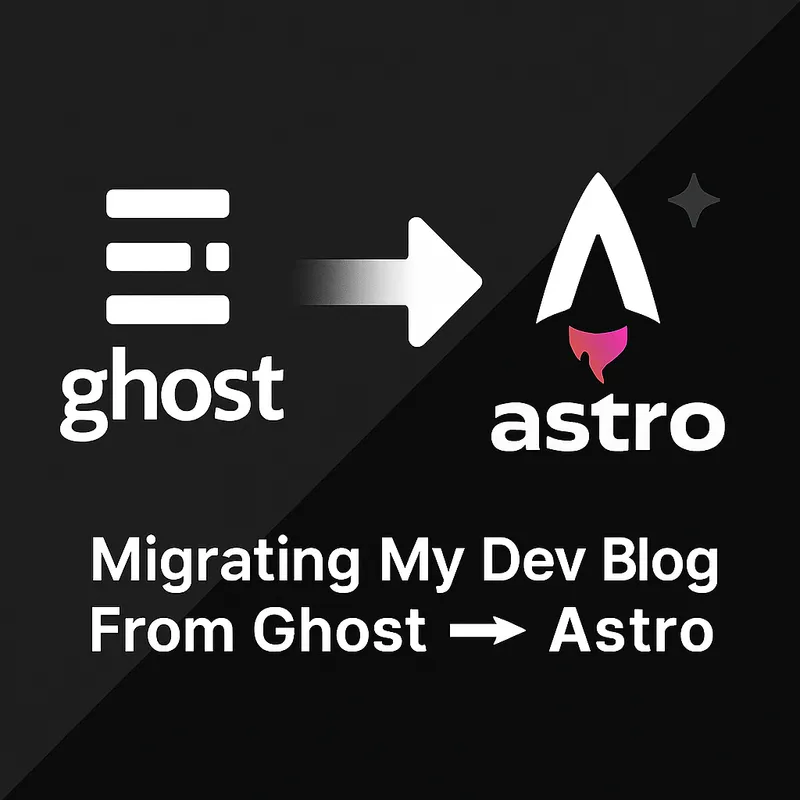A Year Later - Still Burnt Out
Published on 04/23/2023 09:36 AM by Eph Baum

Introduction
Burnout is an experience that many professionals face at some point in their careers. A year ago, I took a drastic step to address my burnout, stepping down from an Engineering Manager role to become a Senior Software Engineer. While this decision was beneficial in many ways, I continue to grapple with lingering symptoms even a year later. In this blog post, I want to share my experience and provide some insights that might help others who are dealing with burnout.
It turns out, like a used match, you can’t simply strike again and burn bright again.
Recognizing the Signs of Burnout
It all began with a feeling of constant exhaustion, a decline in motivation, and a sense of being overwhelmed by even the smallest of tasks. As an Engineering Manager, I was responsible for a growing team and the demands that came with it. My inability to cope with these increasing responsibilities led me to realize that I was facing burnout.
Taking Action: FMLA Leave and the Decision to Step Down
In order to address my burnout, I took six weeks of Family and Medical Leave Act (FMLA) leave to recuperate and reassess my priorities. During this time, I realized that stepping down from my managerial role might be the best way for me to recover and maintain my well-being in the long run. With the support of my employer, I transitioned to a Senior Software Engineer role, changing my responsibilities and focusing on my technical skills.
The Aftermath: Dealing with Lingering Symptoms
Even after a year of stepping down, I continue to face some symptoms of burnout. It’s important to recognize that recovery is not a linear process, and dealing with burnout takes time. Here are some of the lingering symptoms I’ve experienced:
Impostor Syndrome: Doubting my abilities as a Senior Software Engineer has been challenging. I’ve had to remind myself that I was once a successful engineer and can still excel in this role.
Reduced Motivation: Although the workload is more manageable, I still face moments of reduced motivation. It’s important for me to set realistic goals and celebrate small achievements to rebuild my motivation.
Guilt: Stepping down from a leadership role comes with feelings of guilt. I’ve had to accept that prioritizing my well-being and mental health was the right decision, even if it meant taking a step back in my career.
Fear of Burnout Recurrence: The experience of burnout has made me wary of taking on new responsibilities or engaging in challenging tasks. I’m learning to strike a balance between pushing myself and maintaining a sustainable workload.
Building a Mindfulness Toolbox
In my ongoing journey towards recovery, I have developed a mindfulness toolbox that has helped me to manage stress and improve my overall well-being. The following activities have become integral parts of my self-care routine:
Hiking-based Mindfulness: Hiking has allowed me to connect with nature while practicing mindfulness. By focusing on my surroundings and physical sensations, I am able to clear my mind and alleviate stress.
Walking and Yoga: Incorporating regular walks and yoga sessions into my daily routine has helped me to develop physical resilience and reduce stress. These exercises promote mindfulness by encouraging me to focus on my breath and body movements.
Improving My Diet: I have adopted a pescatarian diet, focusing on whole foods and reducing processed food consumption. This dietary change has not only boosted my physical health but has also had a positive impact on my mental well-being.
Strategies for Ongoing Recovery and Prevention
As I continue to navigate the recovery process, I have discovered several strategies that have helped me manage and prevent burnout:
Establish Boundaries: I have set clear boundaries between work and personal life by creating a consistent schedule and carving out time for hobbies, exercise, and relaxation.
Practice Mindfulness: Incorporating mindfulness practices, such as meditation, journaling, and the activities in my mindfulness toolbox, has helped me to better manage stress and improve my overall mental health.
Seek Support: Connecting with friends, family, and colleagues has been invaluable in helping me to navigate the recovery process.
Continuous Learning: Engaging in professional development and seeking opportunities for growth have allowed me to regain a sense of purpose and motivation in my role.
Conclusion
Dealing with burnout is a long and ongoing journey. Even a year after taking drastic action, I continue to face challenges and symptoms related to my experience. However, by recognizing these symptoms, employing effective coping strategies, and developing a mindfulness toolbox, I am slowly regaining a sense of balance and well-being. I hope that by sharing my story, others who are facing burnout can find solace and inspiration in their own journeys towards recovery and self-care. Remember, prioritizing your well-being and mental health is crucial for both personal and professional success.





